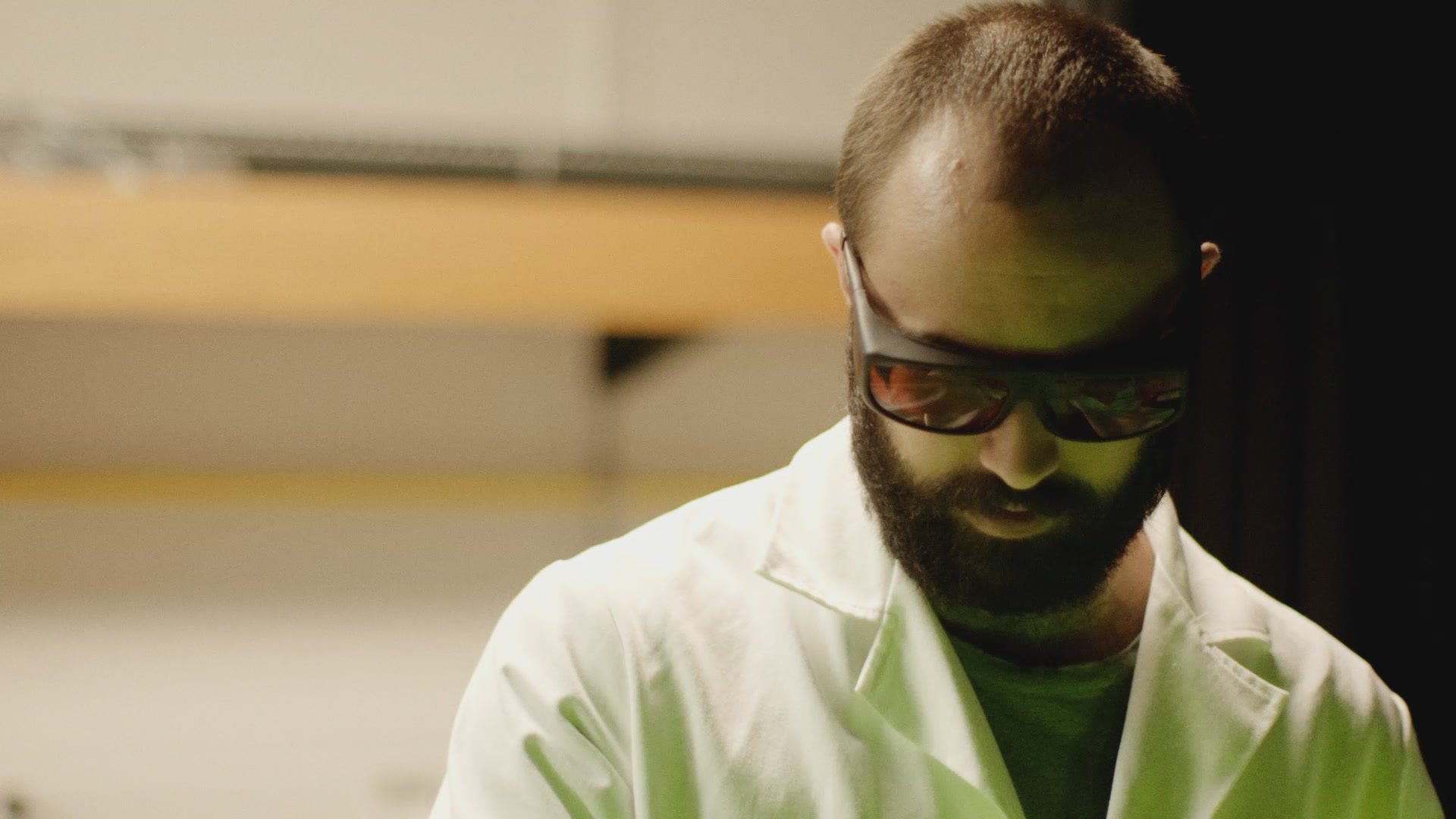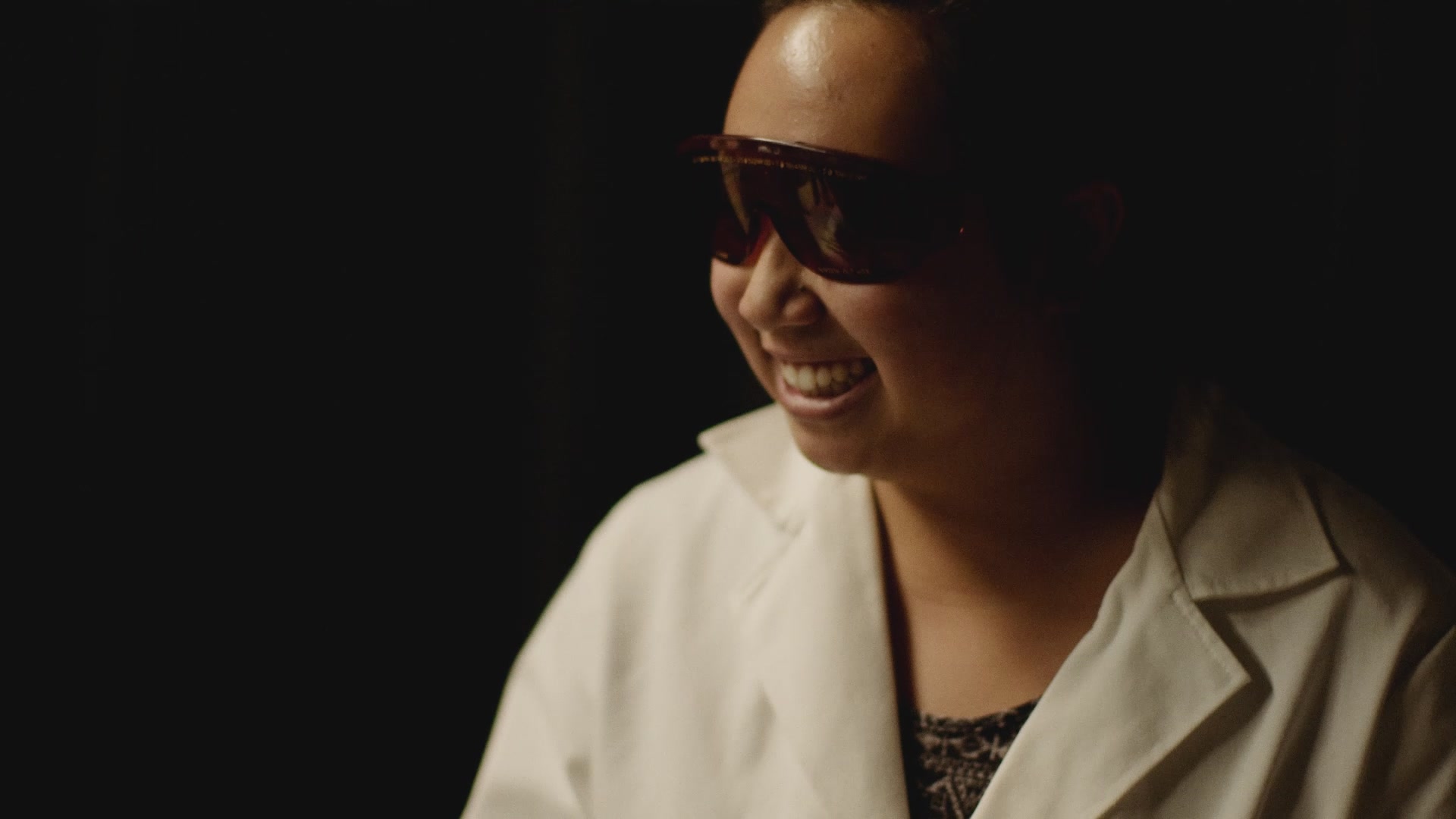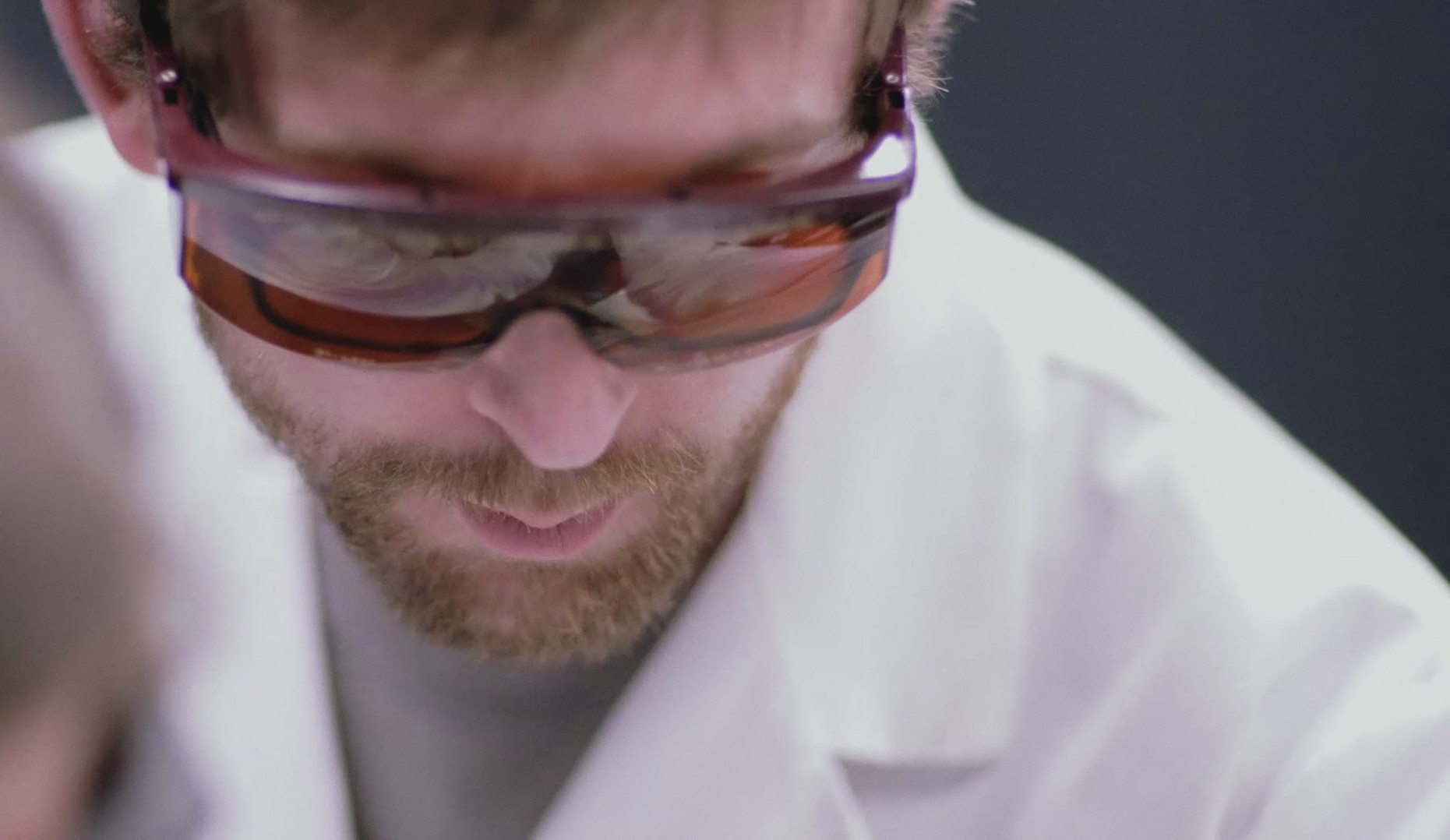People

John Conboy
Professor, Henry Eyring Scholar
Department of Chemistry
University of Utah
315 S. 1400 E. RM 2020
Salt Lake City, UT 84112
Phone (801) 585-7957
e-mail: conboy@chem.utah.edu
Curriculum Vitae
Administrative Assistant
Jiliane Brandol
Department of Chemistry
University of Utah
315 S. 1400 E. RM 2420
Salt Lake City, UT 84112
Phone: (801) 587-7982
e-mail: j.brandol@utah.edu
Current Graduate Students
Josh Taylor
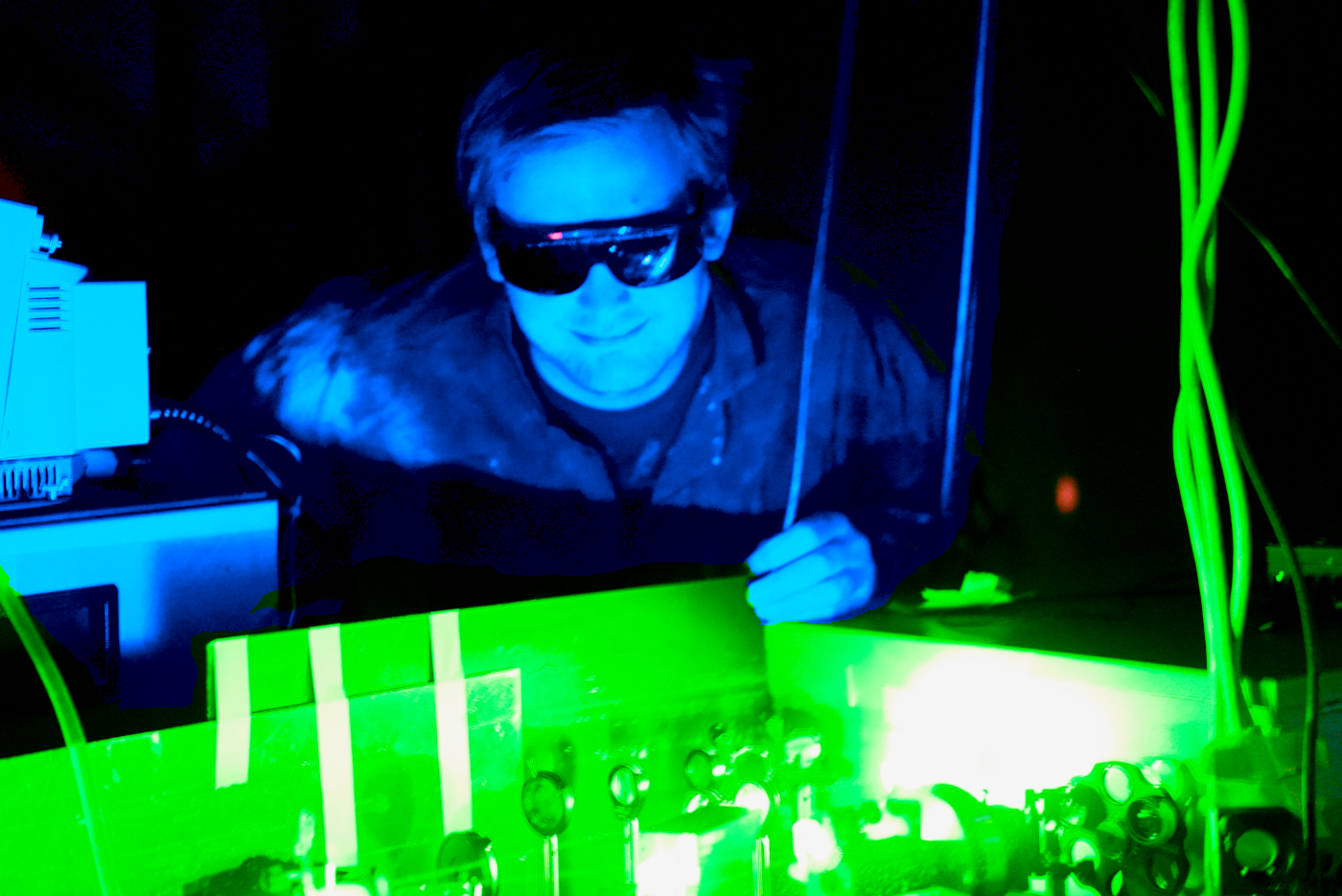
B.S. in Chemistry, Utah Valley University, 2019, Orem, Utah
Email: josh.m.taylor@utah.edu
I am currently studying the interactions between fat-soluble vitamins and phospholipids in membranes to better understand the interplay between these membrane species and the influence they have on phospholipid flip-flop. These studies rely on monitoring the movements of lipids using sum-frequency vibrational spectroscopy (SFVS) and vitamins through second harmonic generation (SHG) in planar supported lipid bilayers. SFVS and SHG provide a surface specific, label-free way to detect movement in the membrane and allow us to answer questions that may be difficult in more traditions methods. These studies can help us better understand the effects vitamins have on membrane properties. Outside of research, I am an avid mixed martial arts fan and practice Brazilian Jiu-Jitsu and Muay Thai.
Preston Hymas
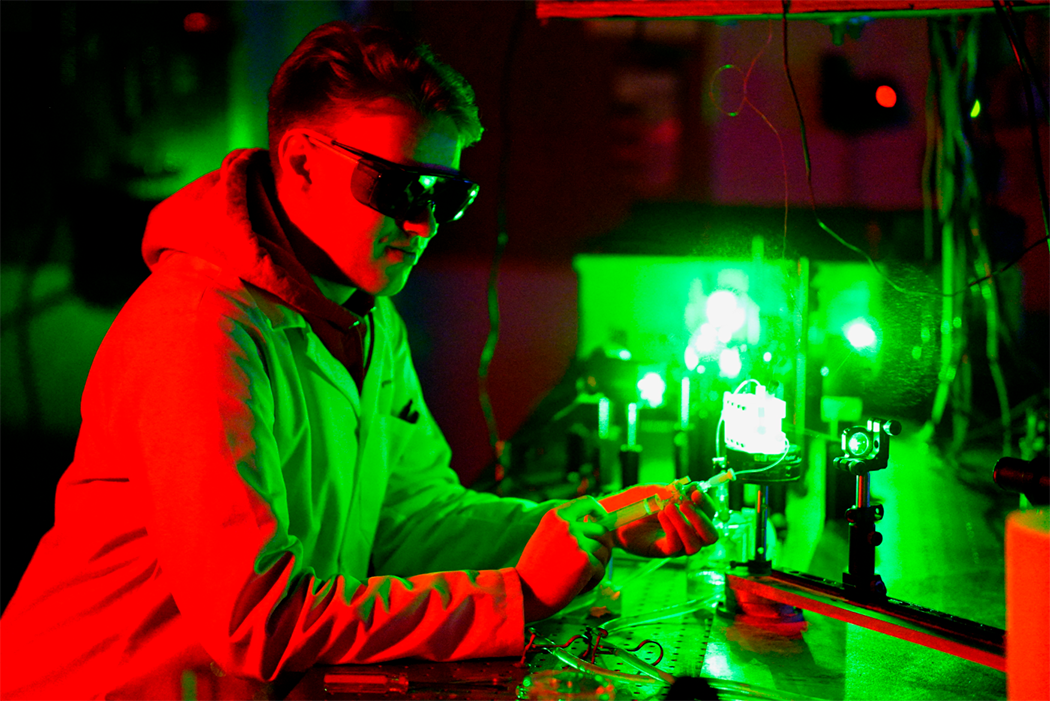
B.S. of Chemistry (2018), Idaho State University, Pocatello ID
M.S. of Environmental Science (2020), Idaho State University, Pocatello ID
Email: Preston.Hymas@utah.edu
One of the major driving forces behind the research performed by the Conboy group is the elucidation of how and why cellular membrane structure changes over the bilayer. In natural systems, inner and outer lipid layers have fundamentally different compositions with a wide array of implications for living systems. My personal research aims to detail the ways in which ions and proteins associated with the membrane may induce changes in relative lipid composition by altering the rate of lipid flip-flop via specific electrostatic or covalent interactions—in other words, how lipids can get caught on one side or the other rather than simply mixing to homogeneity. Understanding the effect these species have on differential lipid expression across the membrane will broaden our understanding of cellular function while also allowing us, as analysts, to take advantage of these principles to create more accurate model systems. A particular desire is to move from the planar supported lipid bilayers (PSLBs) historically used by our group to vesicle systems favored by others, a task which requires us to induce in vitro the same sort of lipid asymmetry seen in living cells.
Former Graduate Students
Dr. Victoria Cheng
Aaron Reynolds (M.S.)
Dr. Renee Tran
Dr. John Allhusen
Dr. Timothy Anglin
Andas Inc, Raleigh-Durham, NC.
Dr. Krystal Brown
Myriad Genetics, Salt Lake City, UT.
Michael Cooper (M.S.)
Associate at Harness, Dickey & Pierce, P.L.C.
Dr. Brian Fitchett
Hercules, Analytical Division, Wilmington, DE.
Adam Graham (M.S.)
Dr. Matthew Kreich
The Heritage Group, Indianapolis, IN.
Dylan Kimball (M.S.)
Anayltical Resource Laboratory, Lehi, UT.
James King
Dr. Jin Liu
Assistant Professor, China
Hao Li (M.S.)
Anna Medley
Story (Sze Wing) Mok (M.S.)
Rebecca Neilson (M.S.)
Dr. Trang Nguyen
Assistant Profesor, Vietnam
Dr. Julie Rollins
INTEL Corporation, Portland, OR.
Matthew Sims
Dr. Krystal Sly
Illumina, San Diego, CA.
Dr. Kathryn Smith
ARUP, Salt Lake City, UT.
Paul Tsai
Former Postdoctoral Associates
Dr. Nilanjana Biswas
Dr. Grace Stokes
Assistant Professor, Santa Clara University
Former Undergraduate Students
Katherine Chandler
Michael Cross
Nicole Gibb (NSF REU)
Kasinda Goodwin
Travis Knepp (NSF REU)
Ben Lai
Holly Laufman (NSF REU)
Diane Neff
Jamie Pero
Kelvin Rembert (REU)
Cary Watterson



